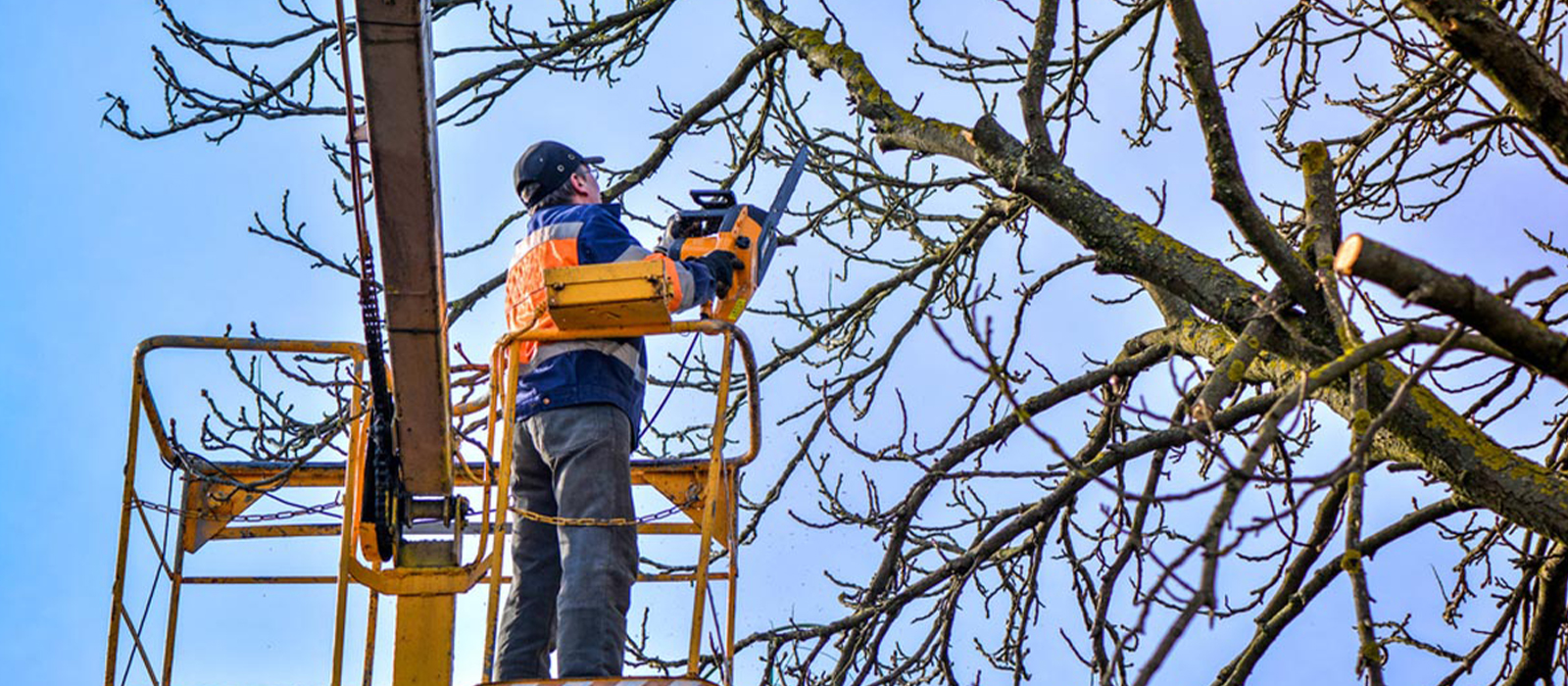Replant Or Remove Uprooted Trees ? That Is The Question

Trees bring a lot of joy to your yard, from watching the sun filter through a green, dancing canopy in summer to savouring the fall cascade of auburn, gold, and brown leaves.
Consequently, storms that uproot your trees and the memories and moments they hold aren’t a pleasant experience.
There are times when trees split, lose a branch or are completely uprooted by hurricane-force winds, torrential rains, or winter storms that bring heavy snow and ice accumulation to the trees.
It’s never easy to lose a tree because it takes a long time to grow and provides the shade, look, or privacy you desire. Here are some causes of tree uprooting and ways you can help save them.
When a storm comes, why do trees get uprooted?
It’s common to wonder why some trees are uprooted by strong winds and storms, while others aren’t.
For example, a tree’s roots, wood, and crown shape all play a role in a tree’s susceptibility to being uprooted or broken.
Here are some reasons for uprooted trees:
- A nearby home’s construction has caused soil disturbance.
- Damage to the root of the problem
- decay of wood
- a shaky foundation
- Trees can’t thrive in soil that’s too shallow or that doesn’t meet their needs.
- As recently as five to ten years ago, trees in a changing environment, such as those that have lost the physical protection of nearby trees, are at risk.
- Changes in soil compaction and gradation
- Soil that is too wet to work with
- In other words, the magnitude of wind’s impact on tree roots and trunks.
Can An Uprooted Tree Be Saved?
On the basis of the tree’s size and condition, you may be able to save an uprooted one.
It’s less likely to be salvaged if a large tree has been uprooted. As a result, heavy machinery may be required to lift the tree. Even if you were able to get it back up and secure it in the soil, it probably wouldn’t be stable enough to promote anchoring-type roots. The weight of a large tree’s trunk and branches is supported by its extensive root system. This root system has been damaged by uprooting, and the remaining roots are likely insufficient to anchor the tree or draw in the water or nutrients it requires.
While a smaller tree may not have the same root structure as a larger one, it may still be possible to right (or replant) the tree after an event like this because the roots are less exposed in the soil. To prevent the roots from drying out, cover them immediately. Afterwards, excavate beneath the tree’s exposed root mass and remove any protruding shattered roots. Add soil and water to the exposed roots to protect them. Pruning broken branches is necessary, but don’t go overboard. Adding fertiliser or pruning the tree again should wait until new growth has emerged.
Uprooted Tree Removal
Managing a tree that has been uprooted is dangerous work. You may also have to contend with utility, sewer, and water lines while removing heavy branches. Don’t risk your safety by attempting to remove a tree that has been uprooted without proper training and equipment. You don’t have to worry about increased safety risks when you hire a professional arborist to help you remove an uprooted tree.
If the trees aren’t too big, you may be able to save them. An arborist’s assessment of your tree’s health can help you make informed decisions. When storms are on the way, they can inspect your current trees and prune only those branches that are necessary to keep them safe. Your trees will have a better chance of surviving high winds if you do this.
Please contact us at (713)-299-2500 if you need assistance in dealing with an unprotected tree. Want to make sure your trees are safe in the event of bad weather? Contact a professional arborist in your area for assistance.
